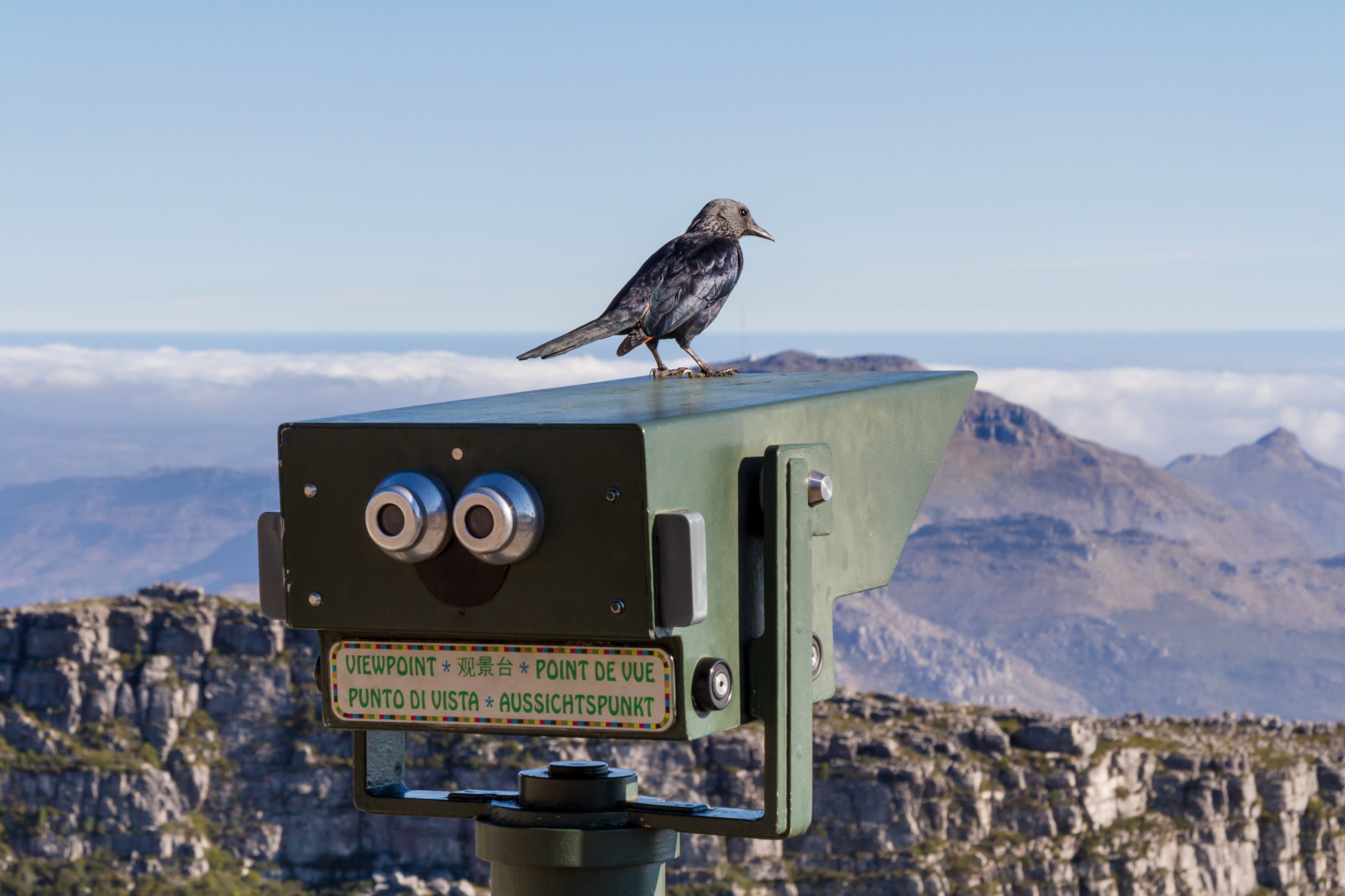
The Want List: Best Binoculars for Birdwatching
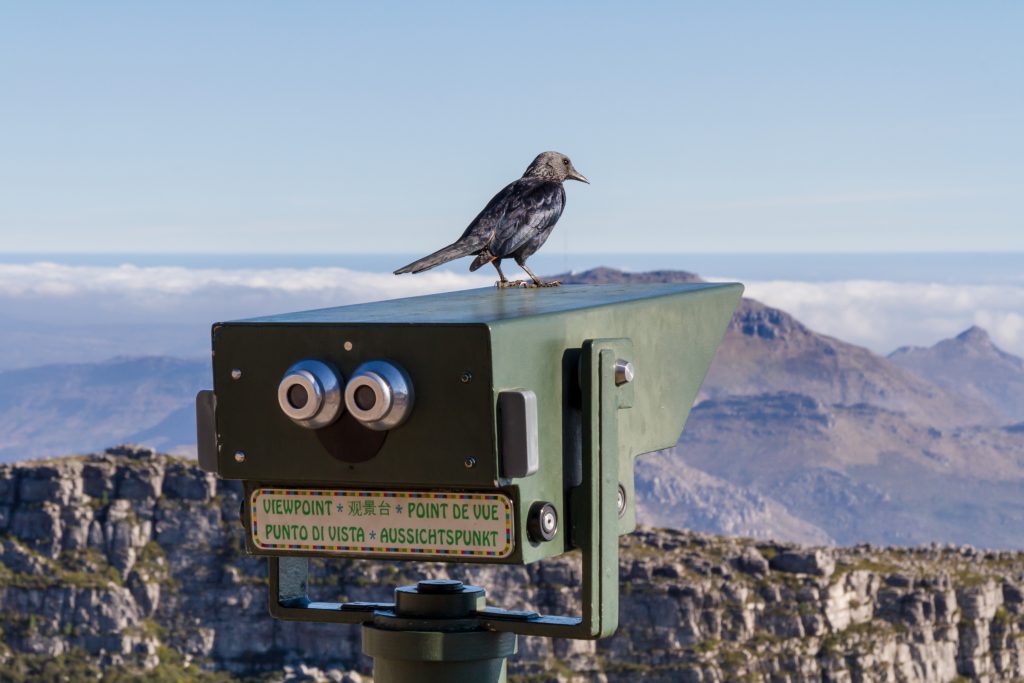
Go birdwatching without a pair of binoculars, and you’ll have a hard time seeing the bird that’s right in front of you.
Whether it’s Mallards on the lake, Barred Owls in the forest or the Blue Jay at your backyard feeder, the right pair of binoculars can make all the difference in a birdwatching experience.
Humankind has long been fascinated by birds. They can fly, often sport eye-popping shades of plumage, and helped form the basis for the theory of evolution. Really, what’s not to like? It’s no wonder that bird watching, or birding, has become a beloved hobby of avian enthusiasts. But whether you’re out in Prospect Park or the Peconic Estuary, identifying creatures using a Sibley Guide or the Merlin Bird ID app, there’s one piece of gear birders of all levels require and rely on: binoculars.
As the weather starts to feel more like spring, many birds begin the process of building their nests. That makes right now the perfect time of year to respectfully watch from a distance as our airborne friends glide around and generally strut their stuff.
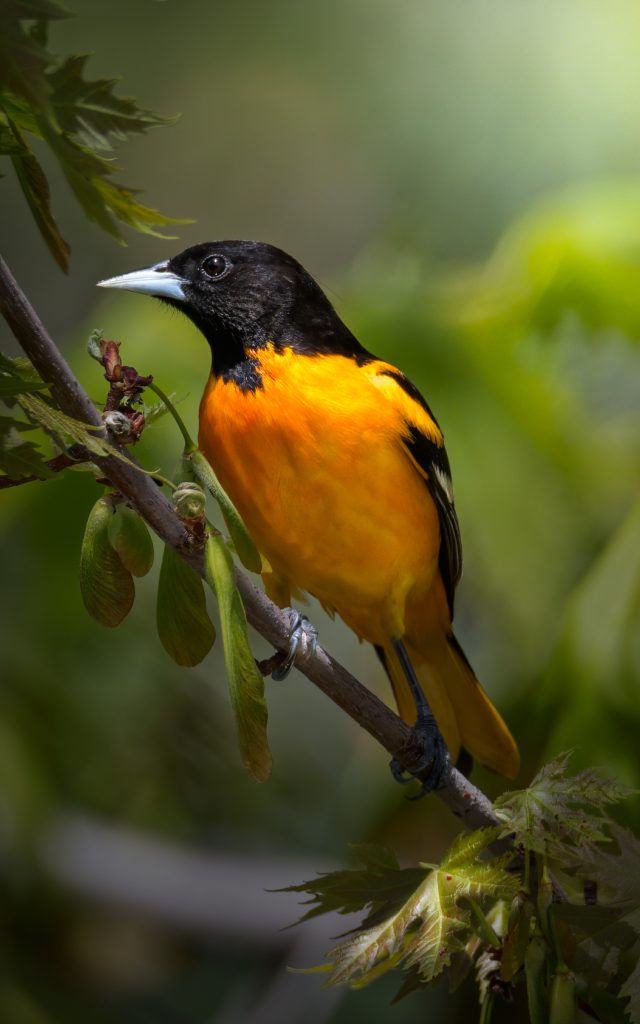 Good binoculars (alternatively shortened to binocs, binos, or bins) are the difference between a rewarding walk through nature and an incredibly frustrating, birdless one. While the best pair for a particular person depends on various factors, there are some broad points to know. What’s most vital is that you see bright and sharp images across a wide field of view. (Image quality comes from a combination of magnification power and lens diameter. The field of view is the diameter of the image seen from 1000 yards). Eye relief is another crucial component, especially for those with glasses. It denotes how far in millimeters one’s face can be from the binoculars’ eyepiece without compromising the picture.
Good binoculars (alternatively shortened to binocs, binos, or bins) are the difference between a rewarding walk through nature and an incredibly frustrating, birdless one. While the best pair for a particular person depends on various factors, there are some broad points to know. What’s most vital is that you see bright and sharp images across a wide field of view. (Image quality comes from a combination of magnification power and lens diameter. The field of view is the diameter of the image seen from 1000 yards). Eye relief is another crucial component, especially for those with glasses. It denotes how far in millimeters one’s face can be from the binoculars’ eyepiece without compromising the picture.
However, searches for binoculars on well-known e-commerce websites are of little help in decision-making. Those yield results featuring dozens of brands and thousands of models. With figures so intimidating, you can understand why some opt to look at pictures on Birds.com instead of venturing outdoors. Bearing that in mind, allow this list to offer guidance so you can bird smarter, not harder.
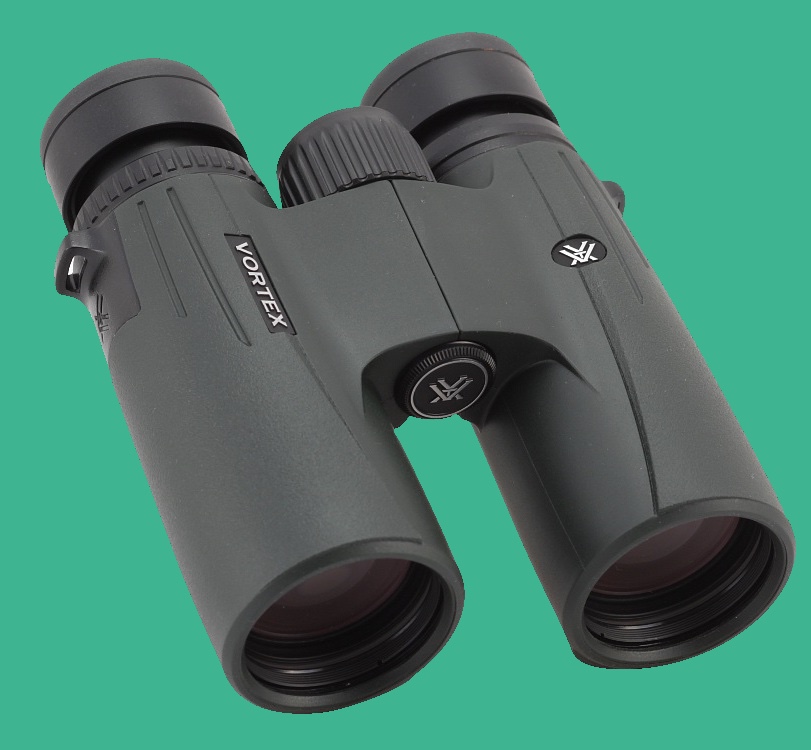 Vortex Optics Viper HD
Vortex Optics Viper HD
At a mid-range price point for the space, the Vortex Optics Viper HD excels. Low-light situations are no problem at all, meaning the electric yellow feathers of an American Goldfinch will pop regardless of the weather or time of day. Tripod mounting is a snap. Adjustable eyecups make these binocs hospitable for anyone, whether their vision is 20/20 or they wear super-thick specs. Rubber armor ensures the Viper HDs will never slip from your grip—but if they do, scratch-resistant coating keeps them safe. The Viper HD is undoubtedly among the best of the best.
$489.99 at B&H
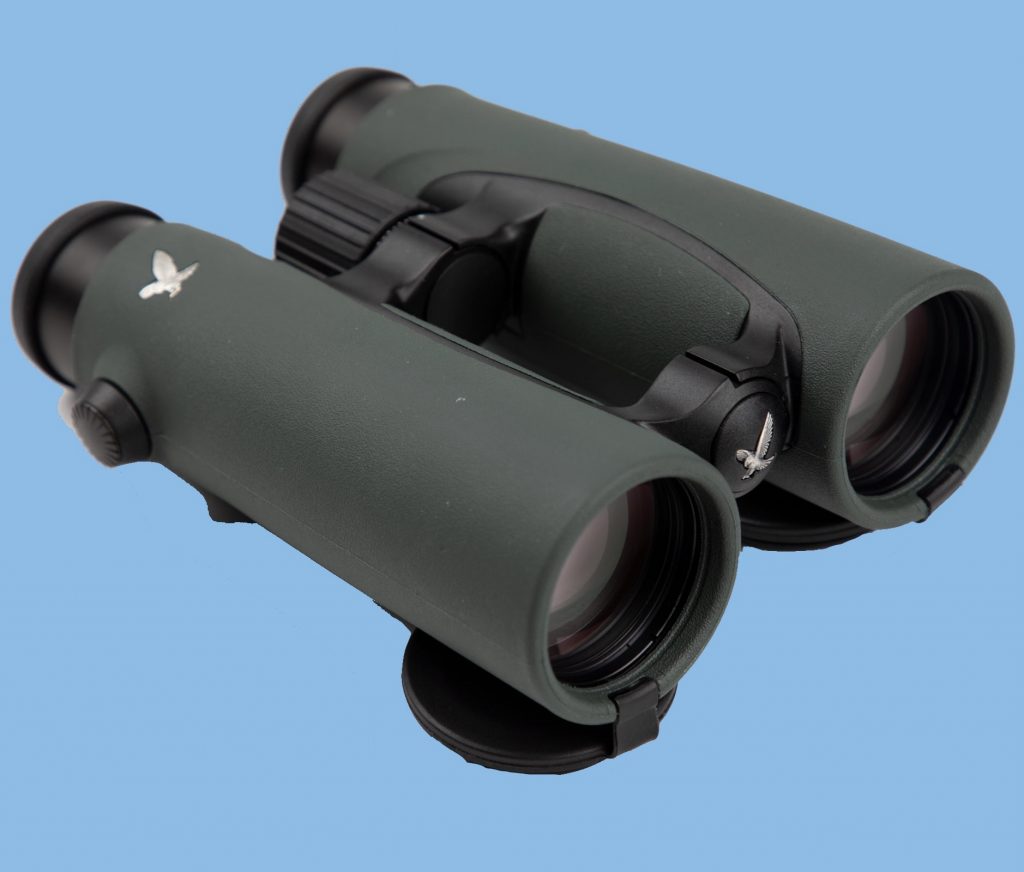 Swarovski EL 8.5×42 W B
Swarovski EL 8.5×42 W B
For elite birders taking their hobby to the next level, the binoculars with the bird logo are a safe bet. It should be no surprise a company best known for its sparkling crystals makes a premier set of top-of-the-line binoculars. Peer through the ELs for a crisp image well worth the price tag. On top of a 399-foot field of view and a generous 20 millimeters of eye relief, a slightly increased zoom (8.5 versus the typical 8.0) brings all your extreme close-ups into eagle-eyed focus. Greater magnification tends to have the downside of enhanced shakiness. Yet, Swarovski has constructed the ELs in a way
that limits such an annoyance.
$2,410.00 at Swarovski
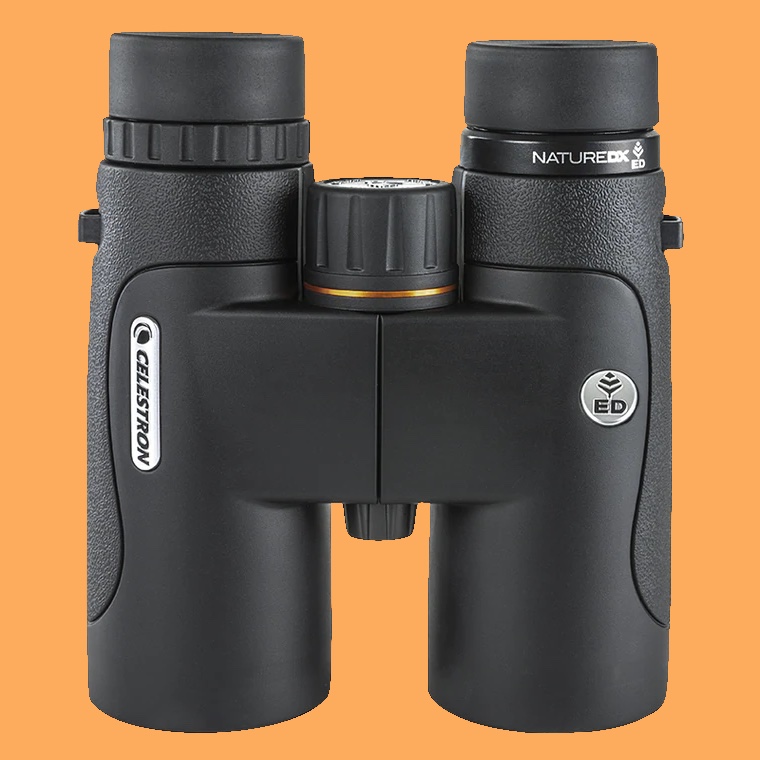 Celestron Nature DX ED
Celestron Nature DX ED
Getting excellent binoculars doesn’t necessarily mean breaking the bank like it’s a nut and you’re a Rose-breasted Grosbeak. From field of view to eye relief—hello twist-up eyecups—and even to weight, the Celestron Nature DX ED is on par with higher-end counterparts. In short, they’ll provide substantial bang (and bird) for your buck. These binoculars are versatile enough to wear around the neck or mount to a tripod, depending on your birdwatching style. The “ED” in the model name denotes extra-low dispersion objective lenses, which help deliver stunningly brilliant colors free from distortions.
$209.95 at Celestron
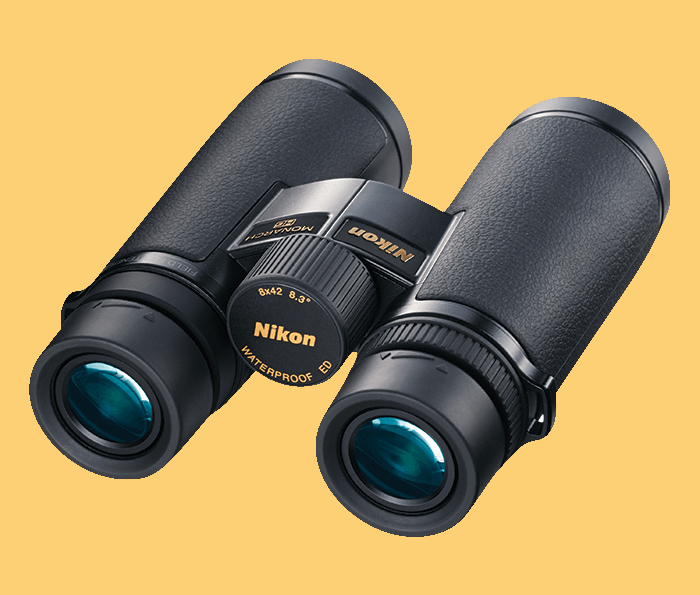 Nikon Monarch HG
Nikon Monarch HG
There’s no greater dread in birdwatching than knowing you’ll struggle to catch a bird in flight because your binoculars are far too bulky to lift in time. That nightmare won’t become a reality with Nikon’s Monarch HG, an amazingly lightweight, quick-on-the-draw pair that pack a hefty punch. When observing birds, standing far enough away not to disturb the course of nature is critical. Luckily, an extraordinary field of view—435 feet at 1000 yards—means you can be the most respectful birder in the bushes and still have clear visions of all the markings on a Peregrine Falcon.
$979.95 at Nikon
 Nocs Provisions Standard Issue
Nocs Provisions Standard Issue
Any binocular worth its weight is weatherproof—able to withstand water and dispel lens fog. Everything already mentioned checks those boxes. Nocs Provisions’ Standard Issue binoculars differ in that they do it all in a cute, compact package. Small but mighty, they feel borderline indestructible in impact-absorbing, ridged, no-slip casing. You sacrifice a little in image illumination with size, but the portability and travel-friendliness outweigh the loss. Plus, Warblers and Cardinals won’t be the only ones showing off with flair: These binoculars come in bold and subtle colorways, including cobalt and granite.

